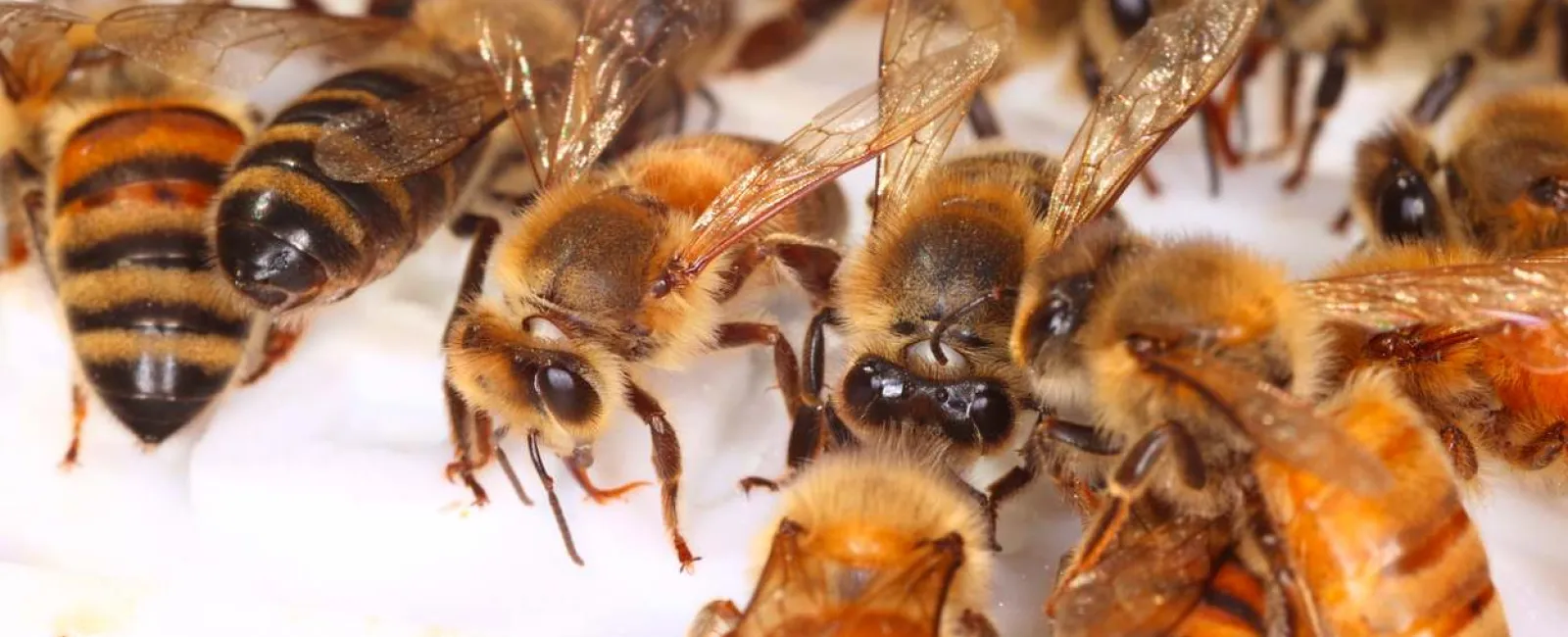Knowing how to identify stinging insects can help protect you and those you care about. They can be hard to distinguish from a distance but getting too close puts you at risk of being stung — and possibly experiencing a dangerous allergic reaction. Learn the ins and outs of bee, wasp, and hornet identification without putting yourself in harm's way.
Bee, Wasp, and Hornet Identification
While bees, wasps, and hornets are generally the same color, there are a few features that sets each one apart from the others. One major difference between bees and their wasp and hornet counterparts is that bees have barbed stingers. Unfortunately, the only way to identify this difference is by being stung. Bees die after stinging a victim just once; wasps and hornets don't. That's why, although most varieties won't attack without being provoked, wasps and hornets are generally a little more aggressive than bees.
In addition, bees lack the pinched-in waist of the hornet and wasp. Hornets and wasps also share these traits:
- six legs
- two antennae
- two pairs of wings
- can be a range of colors depending on the variety
Wasp vs. Carpenter Bee
Carpenter bees do look similar to wasps. They aren't fuzzy like some bees, and they have somewhat large, black middle sections. However, carpenter bees lack the distinctive waist of the wasp. While female carpenter bees are likely to sting if they feel threatened, males are much less aggressive. Wasps are never shy about defending their territory. Learn more about wasps in the article Why Professional Pest Control is Essential to Wasp Removal.
Bee Hive vs. Wasp Nest
Beehives have a unique honeycomb appearance. Hives are usually found in the hollows of trees or inside garages and other structures. Bees build their hives in elevated areas to avoid predators and moisture from soil. Wasp nests may be in the shape of an umbrella or a hexagon and made of a paper-like substance. Some wasps build their nests inside holes in the ground.
Wasp and Hornet Nest Identification
Like bees, hornets often build nests inside tree hollows. Female hornets construct round or teardrop-shaped nests from wood pulp and saliva. These nests can be basketball-sized and are also spotted in attics, eaves, crawlspaces and other interior or covered areas. Wasp nests are usually gray-brown in color and are designed for quick, easy access to the outdoors. The nests of some wasp varieties will grow to the size of a football to accommodate an expanding colony.
Send Buzzing Baddies Away With Greenix Pest Control
It's safe to say no one wants to see a stinging insect at close range. While identifying the type of insect invading your space can help with extermination, it's always a good idea to keep your distance. Wasp and hornet nest identification — or identifying a bee hive vs. wasp nest — can be done from farther away. We hope these identifiers help you and your loved ones stay safe all year round. If you think you might have an infestation on your hands, contact Greenix for a free inspection.
With service areas around the country, we can help keep your home and family safe from the threat of potentially dangerous insects. Call us today to schedule an inspection. Our 48-hour guarantee means you'll spend less time worrying about the threat of bees, hornets and wasps on your property.

